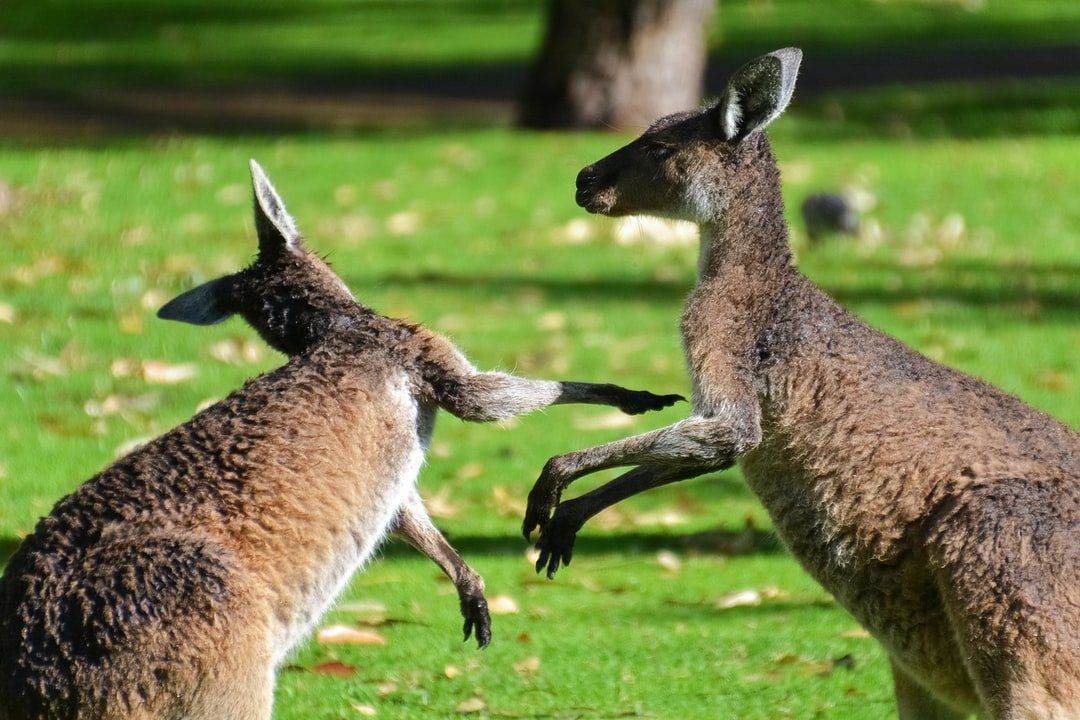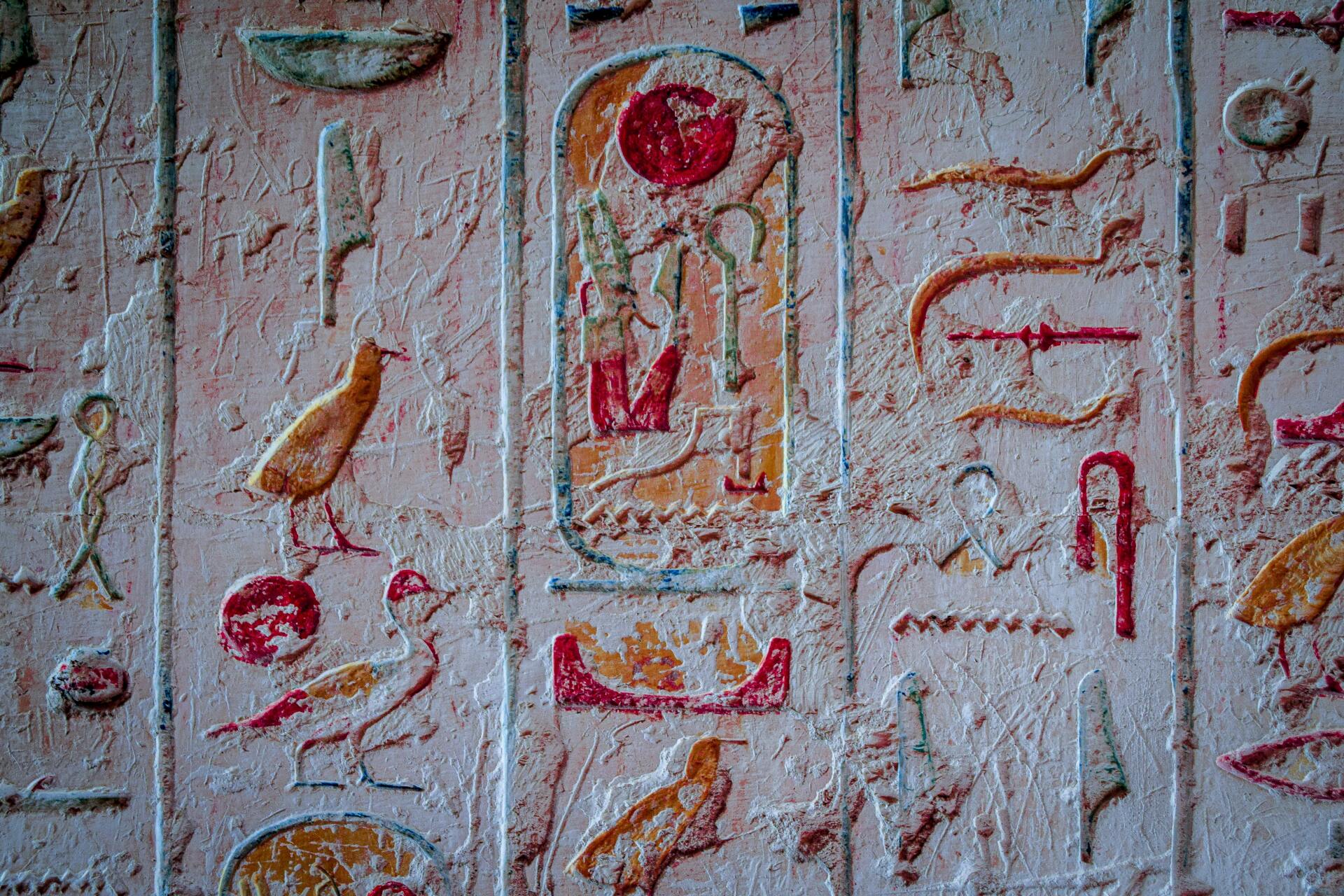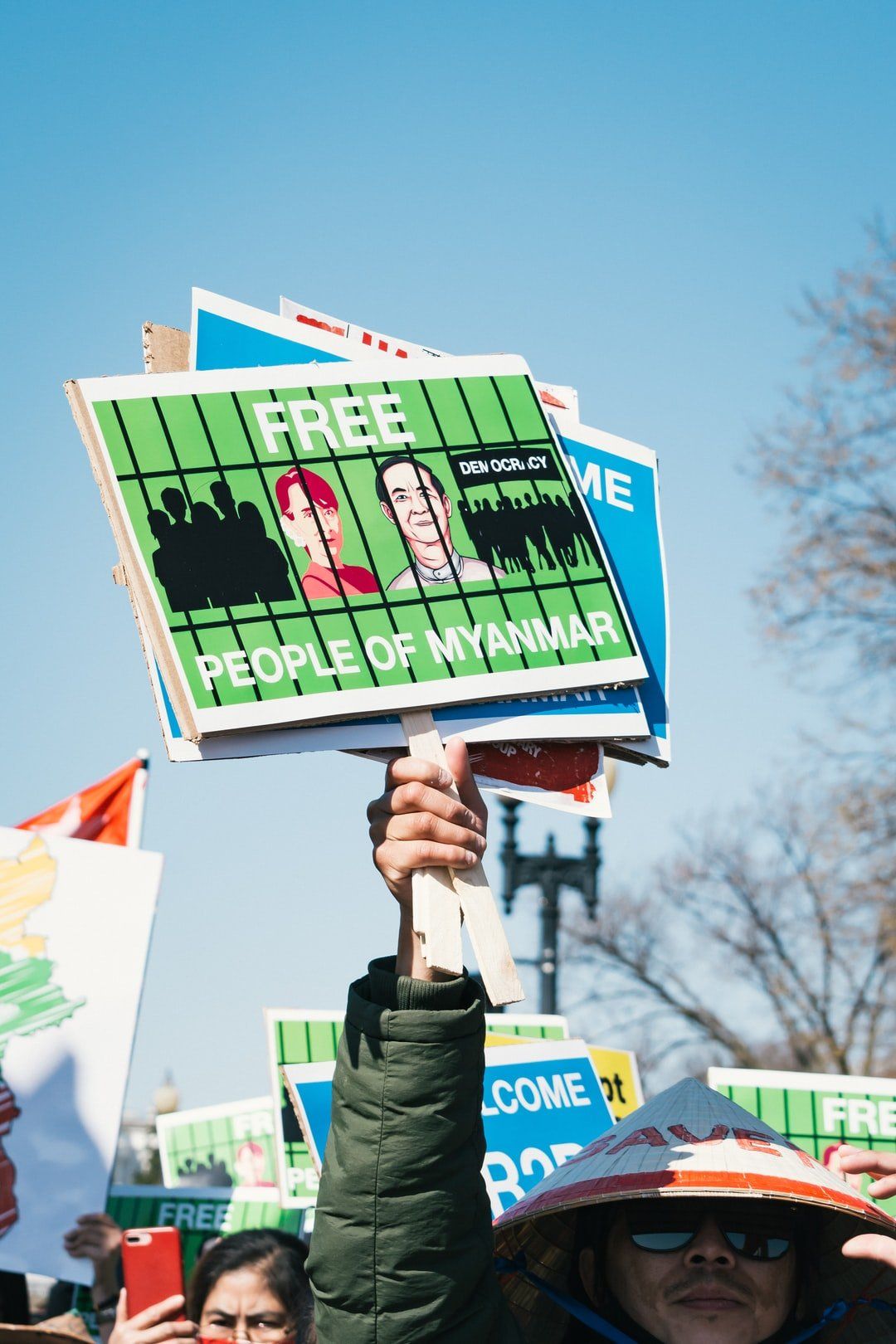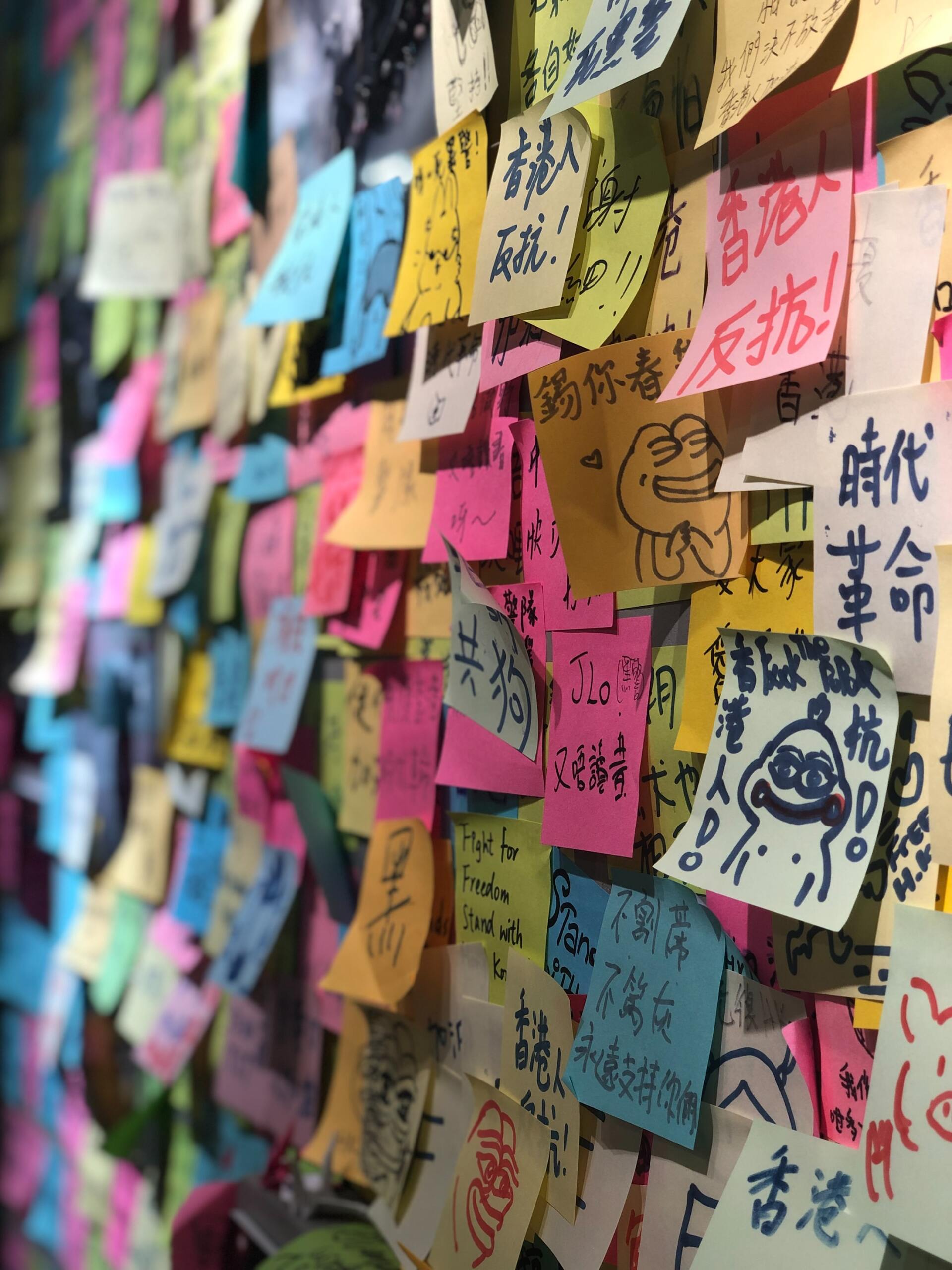Since the beginning of the pandemic, the majority of places of culture, such as national theatres, museums and cinemas have been closed, in order to keep the infection curve under control and limit the spread of the disease. In doing so, artistic and cultural organizations, for example, in the US, have had a total financial loss of $1,763,206,825, and a national financial cost of $15,2 billion (Americans for the Arts Center, 2021).The art world found itself in a destabilizing condition of battling with the impact of travel ban, social distancing, and lockdowns. For this reason, cultural organizations, museums, and art galleries have decided to change their approach to art fruition, to generate revenue and keep engaging with an audience that was not allowed to visit those places anymore.
How did art fruition change?
Cultural activities responded to the crisis massively moving online, making use of the digital space and virtual reality more than ever. The digital media has permitted to retain the audience, engage actively with them, as well as expand to new audiences. On the concept of art and the digital space, some people are convinced that the availability and use of the virtual will replace all visits to physical places; other people think the digital space brings about new experiences that cannot replace direct experience, thus the interaction of both spaces complete the understanding of art (Grandi, 2020). In particular, the chief curator of the Kiran Nadar Museum of Arts (NDMA), Roobina Karode believes that “the physical and the digital space cannot substitute each other” but online resources permit a democratization of the art by finding a new and possibly larger audience (Datta, 2020).
Theatres
Several theatres’ business models have changed significantly since the start of the pandemic. An example of this is the increased availability of theatrical performances on video streaming. Even though theatres may be closed, several national theatres have decided to produce performances live on streaming or make registrations available on their websites. This is the example of the National Theatre in London which offered a streaming service for British theatre available to watch from home. The service is offered after the payment of a fee, but they have also uploaded certain plays for free on their YouTube channel, filmed by the National Theatre Live. Similarly, other national theatres such as ITALive, the International Theatre of Amsterdam, have offered the option of watching performances from home, in their case they offer live streaming instead of registrations.
Those business ideas have been very successful during lockdown, and to some extent they have secured a place for the industry as well as they have expanded it. Moreover, often theatrical performances, in addition to providing the performance via streaming as a way of reaching its audience, have also incorporated the issues of the pandemic in their art. This is the example of the Gate Theatre and the performance ‘Letters’, where two artists read to each other letters written during the lockdown live via Zoom.The performance is a funny and attentive reflection of the pandemic we find ourselves in, and it deals with different themes connected to self-isolation.
Artists and Art Galleries
Certain art galleries also transferred into the digital space. La Galleria Degli Uffizi in Florence, uploaded videos available for free on their website explaining some of their artworks, and produced storytelling audio-videos for twelve Uffizi’s masterpieces available on their website.
Moreover, other art galleries in addition to transfer into the digital space focused specifically on the pandemic themes: for example, the Sunaparanta Centre of Arts in Goa launched a surviving self-quarantine programme calling out to its artists to share their strategy of surviving lockdown (Khanna, 2020). One of their artists, Pallavi Paul answered the call and produced a video series named share you quiet series This series is now available in the YouTube channel of Sunaparanta.
The artist asked people to share with her 10 seconds of their quiet during the pandemic, and composed a series of videos. With her work, she engaged with her audience via media and incorporated the audience itself in the artwork. Her artwork helped people feel engaged and cope with the quarantine, as well as it represented the “new everyday” of people.
Global art world’s response to the pandemic was astonishing. By changing their business model and fruition, and by engaging with new audiences over the digital space, their response beautifully reflected a sense of kinship and willingness to engage during lockdown. It remains to be seen whether the digital experience will completely replace the direct experience or not.
References
- Americans for the Arts. The Economic Impact of Coronavirus on the Arts and Culture Sector. Available at: https://www.americansforthearts.org/by-topic/disaster-preparedness/the-economic-impact-of-coronavirus-on-the-arts-and-culture-sector
- Grandi, R. (2020). The fruition of culture in the post pandemic, between new challenges and cultural hubs. BBS Center for Sustainability and Climate Change. Available at: https://www.bbs.unibo.eu/the-fruition-of-culture-in-the-post-pandemic-between-new-challenges-and-cultural-hubs/
- Datta, E. (2020). How the art industry is responding to the Covid-19 pandemic. The Hindu Business Line. Available at: https://www.thehindubusinessline.com/blink/watch/how-the-art-world-is-responding-to-the-covid-19-crisis/article31702299.ece
- Khanna, J. M. (2020). How the global art world is responding to the Covid-19 lockdown.
Architectural Digest.
Available at:
https://www.architecturaldigest.in/content/how-the-global-art-world-is-responding-to-the-covid-19-pandemic/
Sofia Ghezzi holds a Bachelor’s degree in European Law from Maastricht University, and she is currently pursuing a Master’s degree in European Competition Law and Regulation at the University of Amsterdam. Sofia is passionate about the intersection of law and culture, and the underlying influences of society in law. At the Institute, she is a researcher for the Kittiwake project.
Read More


Watch Our Episodes





